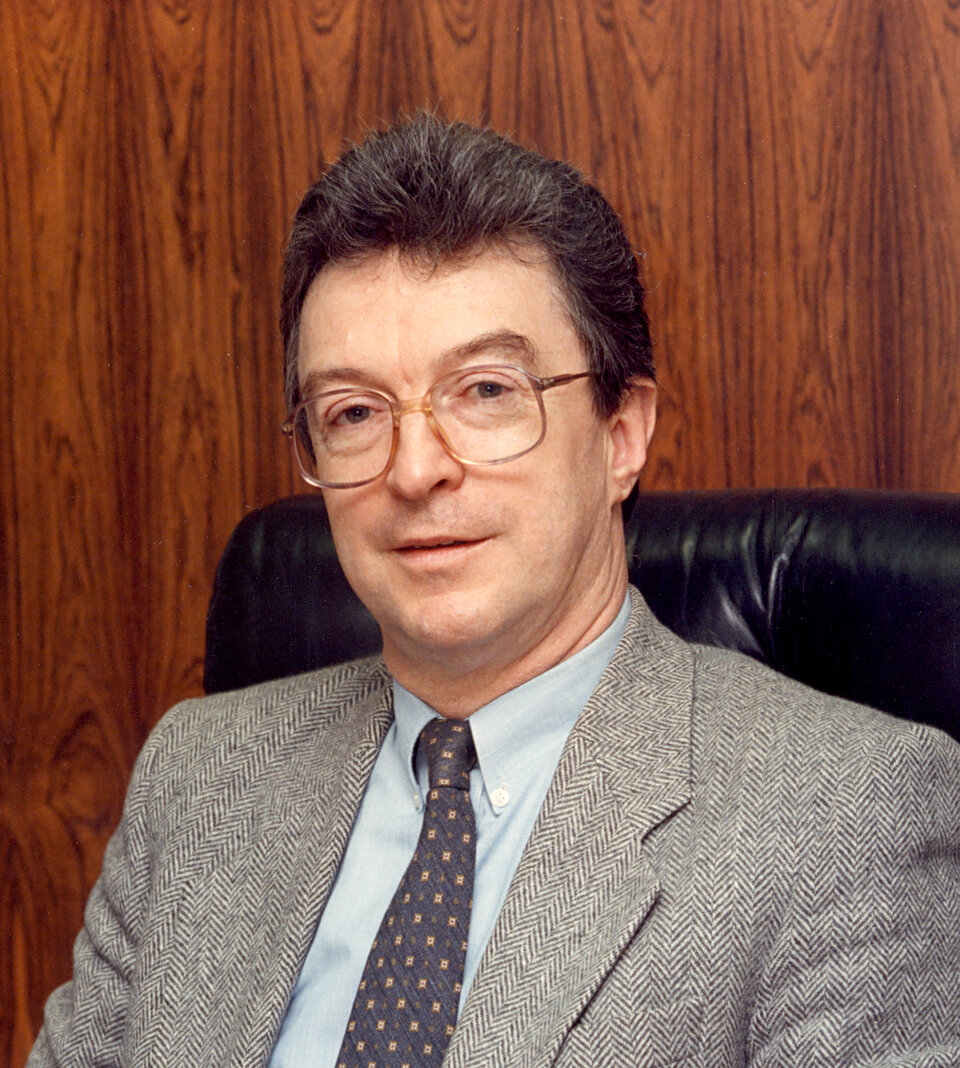Dr René Collette, 1936-2020
Former ESA Director of Applications and Director of Telecommunications, Dr René Collette, passed away on 22 February, aged 84.
From Verviers in Belgium, René Collette was born in 1936. He obtained his engineering degree from the University of Liège in 1957 before going on, in 1957 and 1958, to work there as a research assistant.
From 1958 to 1963, he attended the California Institute of Technology in Pasadena under a Fulbright scholarship, where he obtained his PhD. From 1963 to 1964 he worked at the Royal Military Academy, Brussels, in the field of laser technology.
As one of those European space pioneers who spent part of their careers in the United States, he did much to build bridges between cutting-edge R&D communities on both sides of the Atlantic.

He joined ESA’s predecessor, the European Space Research Organisation (ESRO), in 1964. As Project Engineer in the Large Astronomical Satellite Division, he witnessed the move of the European Space Technology and Research Centre (ESTEC) from Delft, near the Technical University that hosted the first ESRO personnel, to Noordwijk.
With his Belgian colleagues George van Reeth, then Head of the Contracts Service, and Eric Slachmuylders, Dr Collette enjoyed the early days of ESTEC, despite all the challenges that had to be overcome, such as a fire that destroyed buildings and test equipment on 14 October 1966.
Under the supervision of Dr Ernst Trendelenburg, Director of ESTEC's Space Science Department, and teaming up with colleagues from the division in charge of engineering studies and systems development, Dr Collette contributed to the definition phases for scientific satellites launched between 1972 and 1977, namely HEOS-2, ESRO-4, COS-B and GEOS-1.
In 1966, when Europe decided to embark on space applications, Pierre Blassel entrusted him with coordinating the feasibility studies relating to telecommunications satellites. In that field, the key issues at stake were then debated in the framework of the European Conference on Satellite Communications, CETS (1963-70), where his negotiating skills proved very useful.
The European Space Conference, at its meeting in October 1968 in Bad Godesberg, decided to take the matter out of CETS' hands, referring it instead to ESRO, prior to approving the first phase of the European telecommunications programme two years later. Two Orbital Test Satellites (OTS), five European Communications Satellites (ECS), three Marecs (with one unfortunate launch failure for each of the three programmes) and Olympus were all placed in orbit between 1977 and 1989, while Eutelsat and Inmarsat were newly created.
Jacques Durand and Jacques Dumesnil, heading the ECS and the Marecs programmes respectively, have to this day kept many fond memories of this pioneering period under the leadership of Dr Collette, who in 1977 became Head of the Telecommunications Programmes Department. In this capacity, he participated in ESA’s first official visit to China in 1979.
Taking over from Giorgio Salvatori, Dr Collette was appointed Director of Telecommunications Programmes in 1990. The adoption of the Data Relay and Technology Mission Programme (DRTM) led to a major reorganisation of the Directorate, taking into account the decision to concentrate most technical and management activities at ESTEC.
Alain Pinglier, former Board Secretary for the Joint Board on Communication Satellite Programmes, remembers Dr Collette as a great team leader whose commitment and ability to convince were instrumental when it came to submitting ESA’s programme proposals to the Member State Delegations for approval.
His insight and invaluable experience were acknowledged by his fellow Directors and by the key players in the emerging industrial sector. He received the AIAA Aerospace Communications Award in 1994, ‘for leadership and vision in the field of space telecommunications proving major contributions to the development of the European communications satellite industry’.
After the departure of Emiliani Lanfranco, Director of Observation of Earth and its Environment, Dr Collette was appointed in interim Director of Applications. He was succeeded by Claudio Mastracci in November 1998.
The success and uniqueness of the ESA projects developed today under the Applications pillar owe a lot to the Earth Observation Strategy and Living Planet Programme that Dr Collette contributed to defining.

